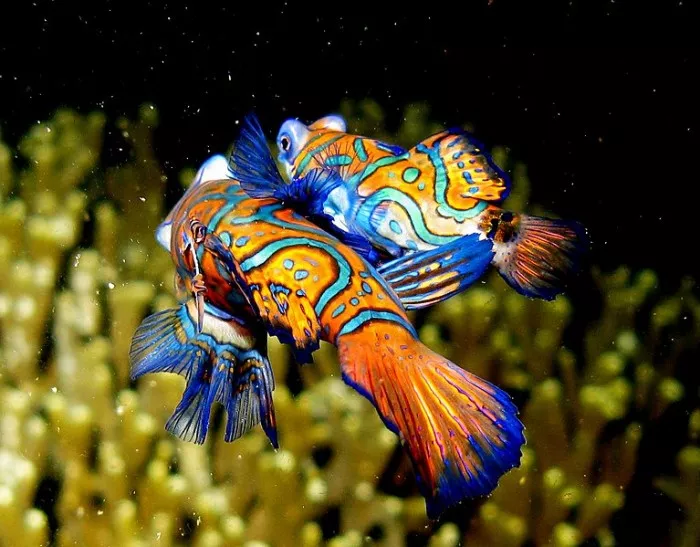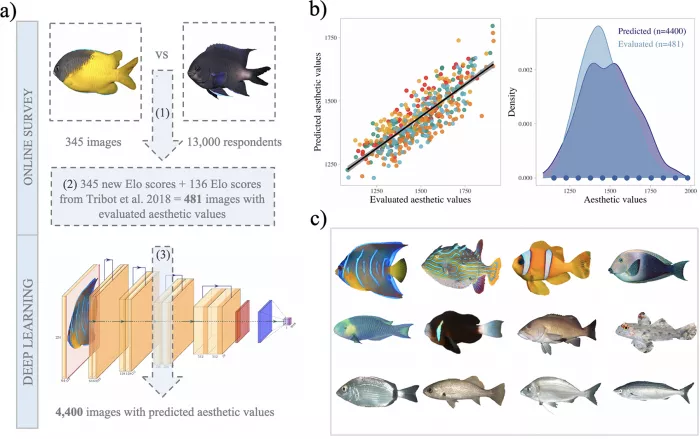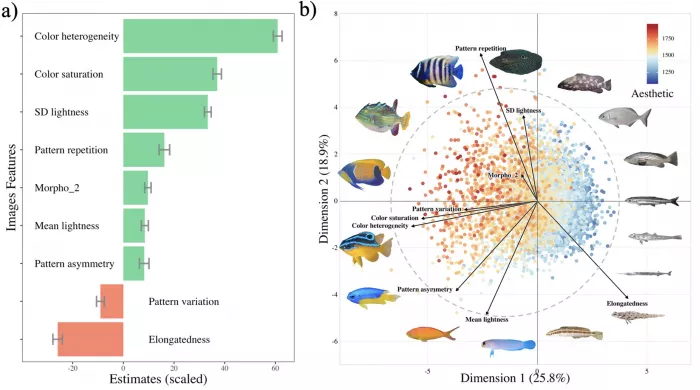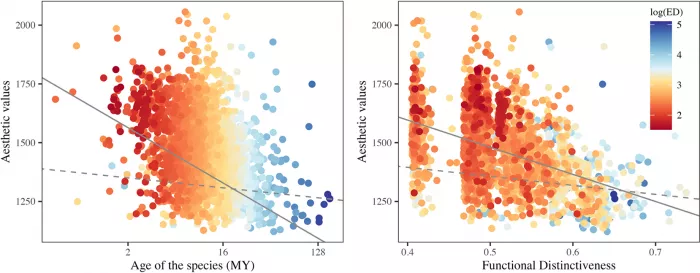What makes a fish beautiful to humans? Is it brightly colored, symmetrical and distinctive? Maybe you don't know these characteristics, but you just "know it when you see it". But according to a new study, by scoring the attractiveness of the fish in the picture, the machine learning (a type of artificial intelligence) neural network can understand which types of fish people find are more aesthetic**

Facts have proved that people like fish with bright colors and round bodies. However, what is the relationship between people's perception of beauty and animal protection needs?
According to the machine learning research of Nicolas mouquet of the University of Montpellier in France and his colleagues, people believe that the most beautiful coral fish is often the lowest priority of protection and support. The study was published in the open access journal [plos biology] on June 7( https://journals.plos.org/plosbiology/article?id=10.1371/journal.pbio.3001640 ) 》In magazines.

In an online survey, researchers asked 13000 people to rate the aesthetic attractiveness of 481 photos of coral fish, and used the data to train a convolutional neural network. Then they used the trained neural network to predict another 4400 photos, including 2417 of the most common coral fish species.
Combining public ratings with neural network predictions, they found that bright and colorful fish with round bodies were often rated as the most beautiful. However, species rated as more attractive tend to be less distinctive in terms of their ecological characteristics and evolutionary history. In addition, the average aesthetic value of the "threatened" species listed in the IUCN Red List or the species whose conservation status has not been assessed is lower than that of the species classified as "least concerned". Unattractive species also have greater commercial benefits, and aesthetic value has nothing to do with the importance of a species to subsistence fisheries.

The authors say that our innate preference for shape and color may be the result of the way the human brain processes color and patterns, but the mismatch between aesthetic value, ecological function and extinction vulnerability may mean that the species most in need of public support are the least likely to be supported. The ecological and evolutionary uniqueness of unattractive fish makes them important to the operation of the whole coral reef, and their loss may have a disproportionate impact on these high biodiversity ecosystems.

Mouquet added: "our study provides the aesthetic value of 2417 species of coral reef fish for the first time. We found that the less beautiful fish are the most ecologically and evolutionarily unique species, and those identified as threatened. Our study highlights the potential public support for conservation and the possible important mismatch between the species that most need such support."